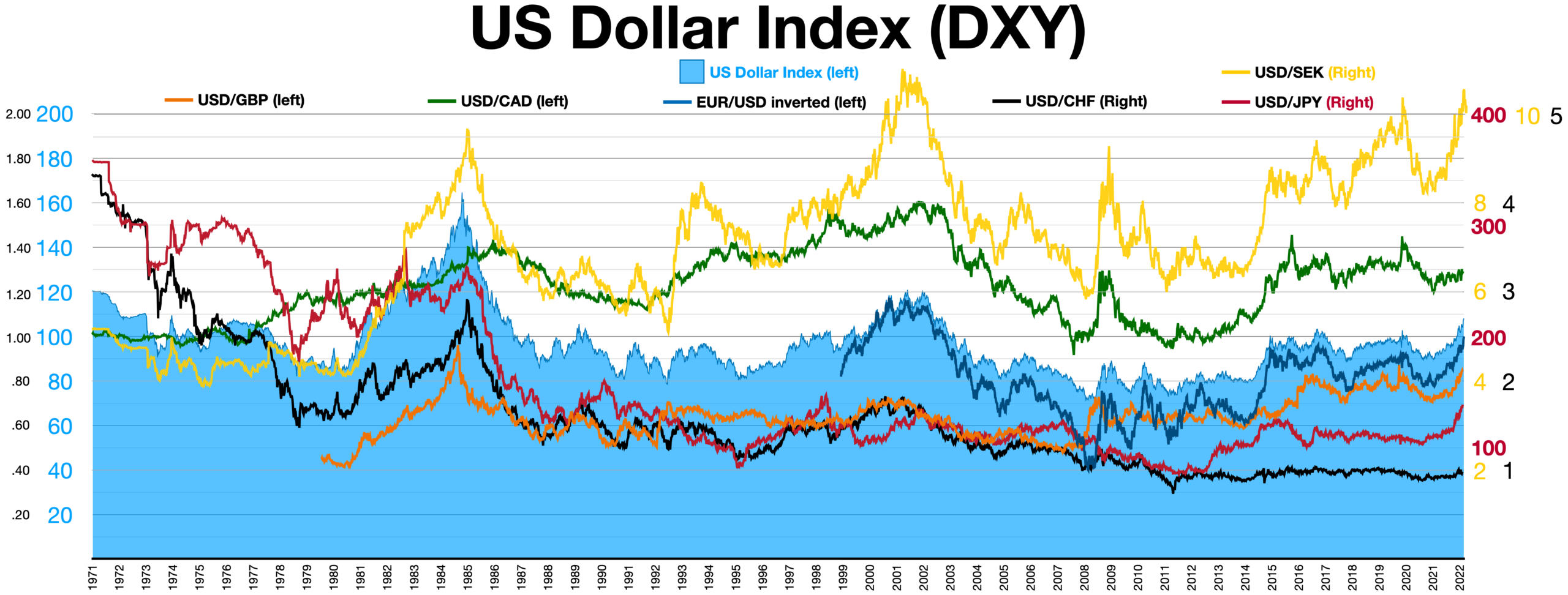Television has a powerful impact on how we engage with politics. From news broadcasts to political debates, TV shapes our understanding of current events and influences public opinion. This article explores the role of television in political discourse, examining its effects on democracy and society.

The Evolution of Political Television
Early Days of Political Broadcasting
Television emerged as a key medium for political communication in the 1950s. The first televised presidential debate between John F. Kennedy and Richard Nixon in 1960 marked a turning point. This event demonstrated how visual presentation could influence public perception.
Growth of News Programs
As television gained popularity, news programs became a staple. Shows like Meet the Press and 60 Minutes provided platforms for political discussion and analysis. These programs helped shape public understanding of issues and candidates.
Shaping Public Opinion
The Power of Visuals
Television’s visual nature allows for immediate emotional impact. Images of political events, protests, and debates can evoke strong reactions from viewers. This power can sway public opinion, often more than written articles or radio broadcasts.
Selective Coverage
Television networks decide which stories to cover, shaping the political agenda. For example, extensive coverage of a political scandal can influence how voters perceive a candidate. Conversely, important issues may be overlooked if they don’t receive enough airtime.
Political Advertising
Campaign Strategies
Television ads are crucial for political campaigns. Candidates use persuasive messages and appealing visuals to connect with voters. These ads can significantly impact public perception and voting behavior.
Negative Advertising
Negative ads, which attack opponents, have become common in political campaigns. While they can be effective in swaying public opinion, they can also contribute to political polarization and cynicism among voters.
Television Debates
A Platform for Candidates
Televised debates provide candidates a chance to present their views to a wide audience. These debates can make or break a campaign, as voters often remember key moments or sound bites.
Influence on Voter Decisions
Debates allow viewers to compare candidates side by side. This comparison can influence undecided voters and reinforce the opinions of those already aligned with a candidate.
The Rise of Political Commentary Shows
Analyzing Politics
Political commentary shows like The Daily Show and Last Week Tonight have gained popularity. These programs blend news with humor, making complex political issues more accessible to viewers.
Shaping Discourse
Commentary shows can shape political discourse by framing issues in specific ways. They often highlight certain viewpoints, encouraging audiences to think critically about the news.
Challenges and Criticisms
Misinformation and Bias
Television can also spread misinformation. Some networks prioritize sensationalism over accuracy, leading to distorted views of political events. This can undermine informed public discourse.
Echo Chambers
Television networks often cater to specific political audiences. This can create echo chambers, where viewers only hear perspectives that reinforce their beliefs. Such environments can contribute to increased polarization.
Conclusion
Television plays a crucial role in political discourse. It shapes public opinion, influences campaigns, and provides platforms for discussion. However, it also faces challenges like misinformation and bias. As television continues to evolve, its impact on democracy and society remains significant. Understanding this influence is essential for engaging thoughtfully in the political process.











